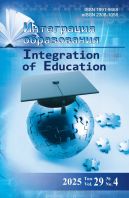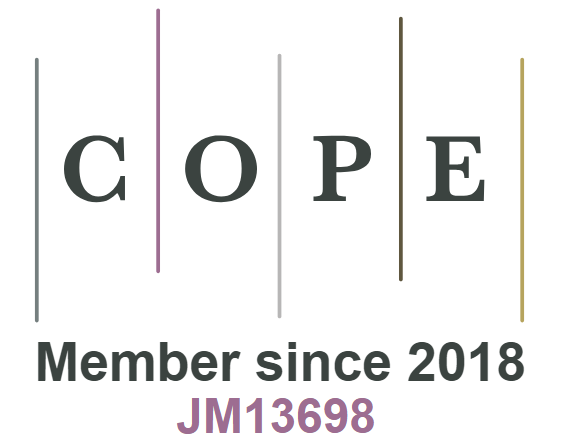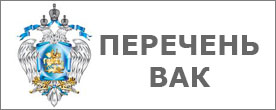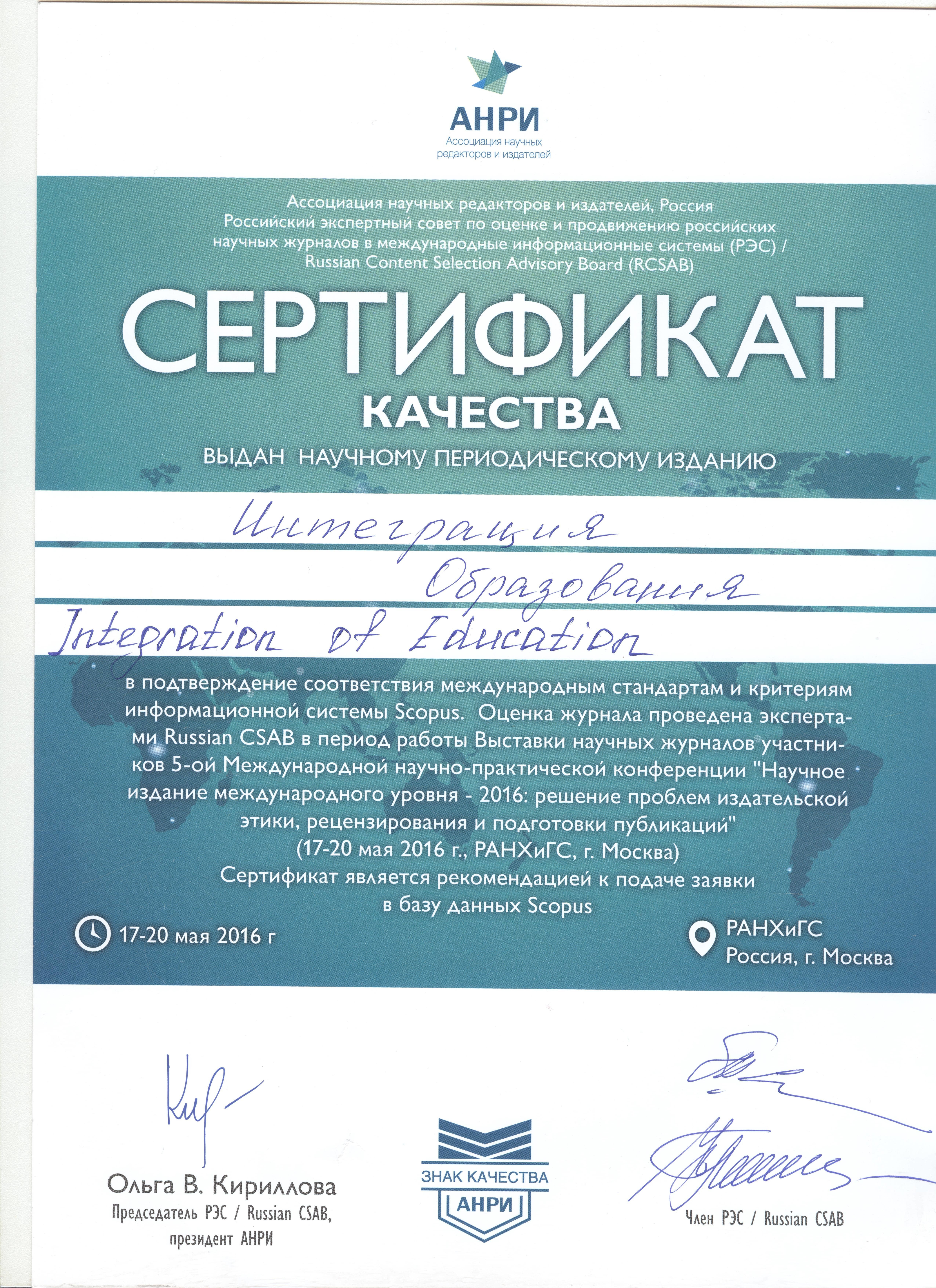Retracted article: Panfilov S.A., Nekrasova N.R. The use of multimedia technologies in the educational process in higher school. Integratsiya obrazovaniya = Integration of Education]. 2014; 1:95-101.
This article by Stepan Panfilov and Ninel Nekrasova (E-mail: panphilovsa@gmail. com, This email address is being protected from spambots. You need JavaScript enabled to view it.) has been retracted (i.e. withdrawn from the press) by the editor with permission of the publisher. The reason for the article retraction is large-scale text fragments similarities with the source: Panfilov S.A., Nekrasova N.R. [Multimedia technologies in engineering education]. Prikaspiyskiy zhurnal: upravleniye i vysokiye tekhnologii = Pre-Caspian Journal: Management and High Technologies. 2012; 2(18):12-17.
The Editorial Board would like to extend its sincere apologies for any inconvenience this retraction may have caused.
Minutes of a Meeting of the Integration of Education Journal Commission on Publication Ethics held on July 19, 2017
УДК 004.032.6:378.14
DOI: 10.15507/Inted.74.018.201401.095
THE USE OF MULTIMEDIA TECHNOLOGIES IN THE EDUCATIONAL PROCESS IN HIGHER SCHOOL
S. A. Panphilov, N. R. Nekrasova
(Ogarev Mordovia State University)
The modern national educational standards for universities include a significant reduction in the number of classroom hours for studying academic disciplines. It is impossible to present extensively and in detail all educational materials during class study hours. In this paper the authors propose a way to solve the said problem for training engineering students in the context of teaching the general vocational course “Theoretical Foundations of Electrical Engineering”. This paper discusses the issues of making and using videos for engineering education through the example of an electrical engineering course. The presenting of materials is accompanied by the text and pictures. The teacher’s voice in the video lesson is synchronized with the pictures, so the video convincingly simulates a lecture in the classroom. The texts and illustrations contain animation and computer graphics, which make them more understandable. The experience in using the said videos at the Lighting Engineering Department has shown that the learning of educational material has become more intensive. It is important that the videos can be played many times; the isolated pictures or the whole film can be replayed. The article discusses the requirements for video classes, and their significance for the process of education.
Keywords: educational video; instructional videoclass; electrical engineering; multimedia technologies; engineering education.
About the authors:
Panfilov Stepan Aleksandrovich, Head, Chair of theoretical and general electrical engineering, Ogarev Mordovia State University» (Russia, Saransk), Doctor of engineering sciences, This email address is being protected from spambots. You need JavaScript enabled to view it.
Nekrasova Ninel’ Romanovna, research assistant professor, Chair of theoretical and general electrical engineering, Ogarev Mordovia State University, Kandidat nauk degree holder (PhD) in engineering sciences (Russia, Saransk), This email address is being protected from spambots. You need JavaScript enabled to view it.
For citation: Panphilov S. A., Nekrasova N. R. Primenenie mul’timedijnyh tehnologij v uchebnom processe vysshej shkoly [The use of multimedia technologies in the educational process in higher school]. Integracija obrazovanija [Integration of Education]. 2014, no. 1 (74), pp. 95−101.





























